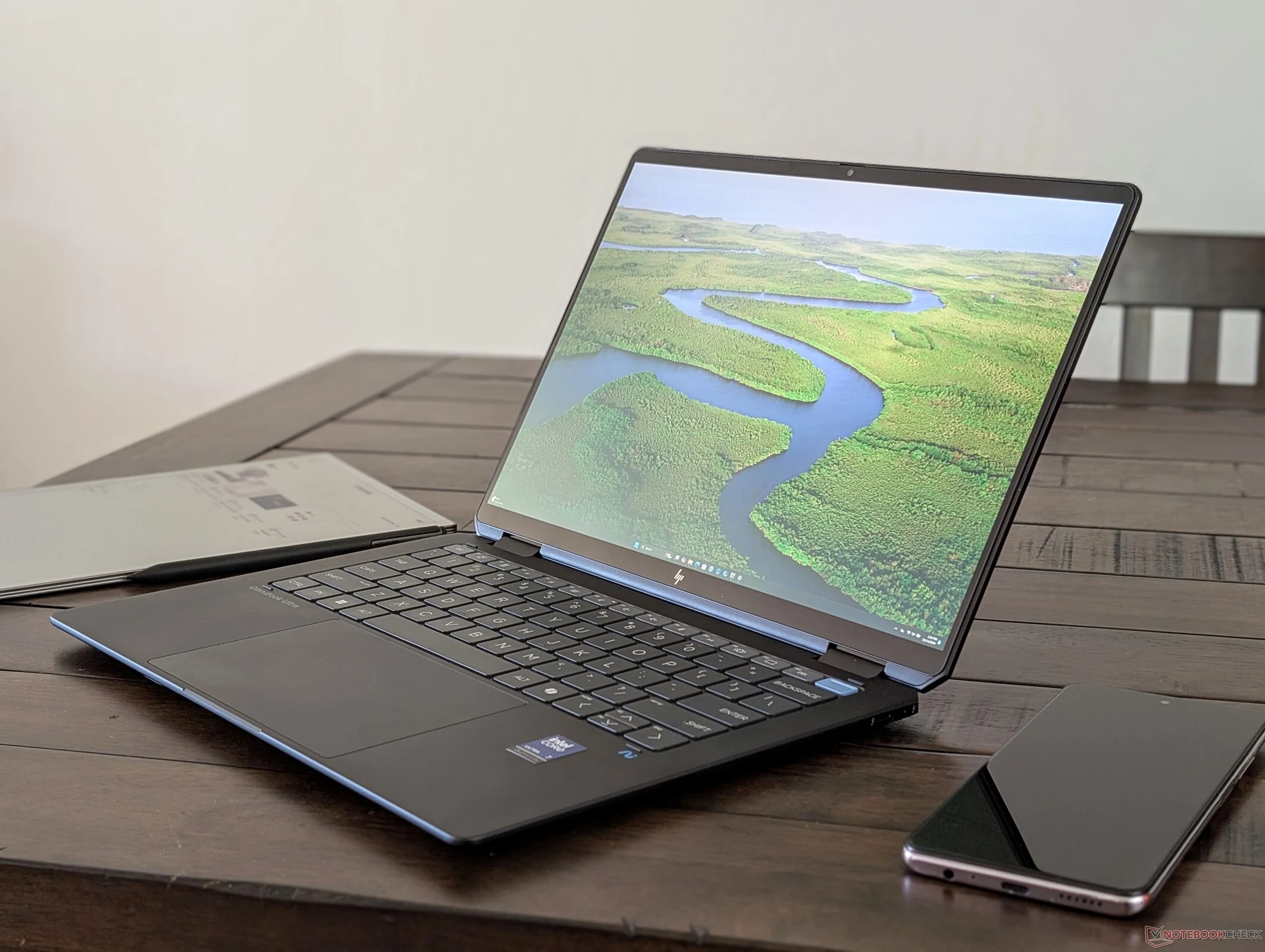Key Takeaways
After trailing significantly behind AMD during the Iris Xe and Arc 8 generations, the new Arc 130V, Arc 140V, and Arc 140T products have been performing impressively, now competing directly with AMD’s top integrated solutions. The Arc 140V is expected to become as prevalent as the Iris Xe 96 EUs, especially since it is standard in ULV Core Ultra 7 laptops. Our comparison charts below display the many individual models currently available at the time of this writing featuring Arc 140V graphics.
Performance Insights
One key point to note is that the performance differences among these models are quite slim compared to earlier generations. For instance, the fastest laptops equipped with the Iris Xe 96 EUs can sometimes be twice as fast as the slowest models also using the Iris Xe 96 EUs. In contrast, laptops featuring the Arc 140V are likely to deliver more consistent performance, largely due to the built-in VRAM throughout the series that effectively removes any sluggish single-channel options. Buyers looking for Arc 140V graphics typically won’t have to fret about unintentionally selecting a very slow model.
Options for Enthusiasts
Certainly, power users might still prefer to steer clear of the slowest choices or opt for the fastest models when they can. In this regard, the Dell Pro 13 Premium PA13250, Lenovo ThinkPad X9-15 Aura Edition, or MSI Claw 8 AI+ stand out as some of the quickest options for gaming, showing results that can be up to 10 percent quicker than the average. Conversely, the Asus Zenbook S 14 UX5406, Lenovo Yoga Slim 7 Aura 15ILL9, or Dell XPS 13 9350 are on the slower side, with performance that can be anywhere from 10 to 15 percent below the average depending on the game title.


Leave a Reply